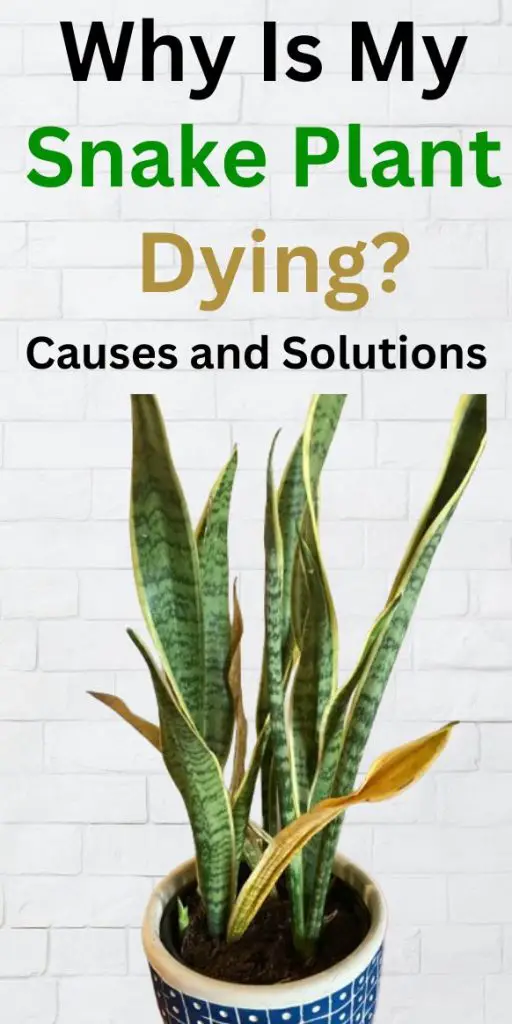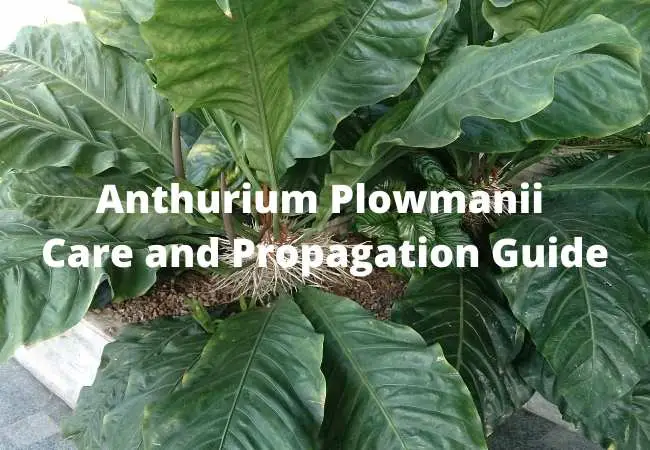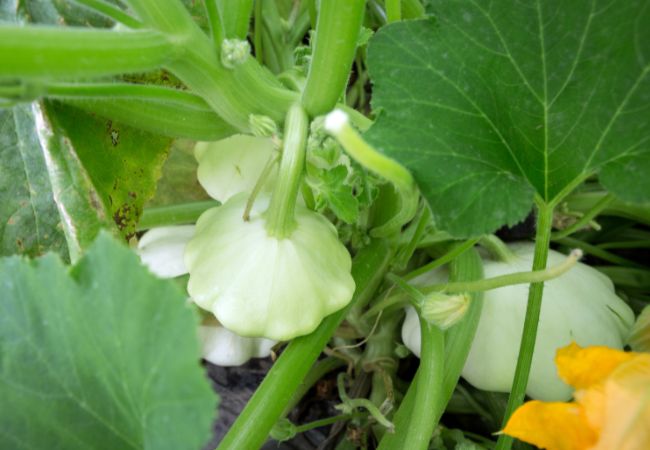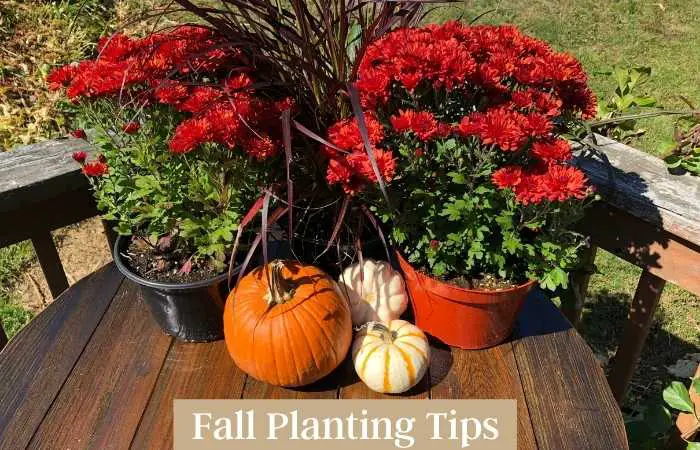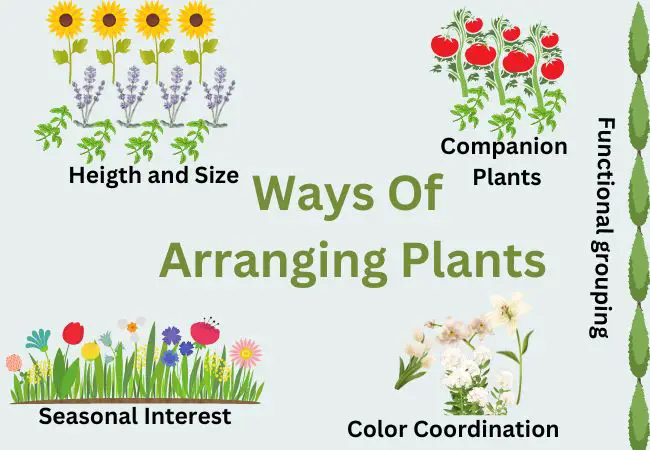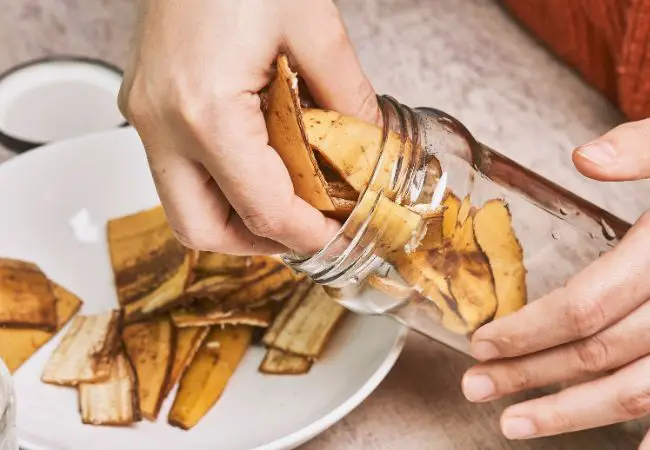Why Is My Snake Plant Dying? Causes and Solutions

Why is my snake plant dying all the causes and solutions that will help you save your dear plants. I have owned and gifted many snake plants, also known as Sansevieria or Mother-in-Law’s Tongue, over the years.
Why is My Snake Plant Dying?
Snake plants are popular houseplants appreciated for their air-purifying properties and low maintenance requirements.
Their striking appearance and ability to thrive in various indoor conditions have made them a favorite choice among plant enthusiasts.
However, if you’ve noticed your once vibrant snake plant starting to decline, it’s essential to identify the underlying issues causing the problem.
In this post, I will explore the causes of a dying snake plant and provide practical solutions to revive and maintain its health.
Understanding Snake Plants
Snake plants are characterized by their long, upright, sword-like leaves that grow in a rosette pattern.
There are several varieties of snake plants, each with its unique leaf color and pattern, adding to their aesthetic appeal.
In their native habitats, snake plants have adapted to survive in harsh conditions with minimal water availability and low light levels.
They have evolved to store water in their leaves, making them drought-tolerant plants capable of enduring dry spells.
Signs of a Dying Snake Plant
Yellowing Leaves: Yellow leaves may indicate overwatering or under-watering issues, nutrient deficiencies, or pest infestations.
Wilting and Drooping: Wilting and drooping leaves can be a sign of root rot caused by excessive moisture in the soil.
Brown Tips and Edges: Brown leaf tips and edges may result from under-watering or exposure to extreme temperatures.
Stunted Growth: Lack of growth or smaller than usual leaves can indicate a nutrient deficiency.
Pests and Diseases: The presence of pests like spider mites, mealybugs, or diseases like root rot or leaf blight can harm the plant.
Causes of a Dying Snake Plant
Overwatering
Symptoms and Effects: Overwatering leads to soggy soil, root rot, and eventual leaf yellowing and wilting.
Proper Watering Techniques: Allow the soil to dry out between waterings and avoid leaving the plant in standing water.
Underwatering
Symptoms and Effects: Underwatered snake plants show signs of wilting, dryness, and curling leaves.
Watering Guidelines for Snake Plants: Ensure consistent and thorough watering when the top inch of soil is dry.
Poor Soil Drainage
Importance of Well-Draining Soil: Proper drainage prevents water accumulation and root rot.
How to Improve Soil Drainage: Use a mix of well-draining soil and perlite to create an ideal growth medium.
Lack of Sunlight
Light Requirements for Snake Plants: Snake plants prefer indirect, bright light but can tolerate low light conditions.
Positioning the Plant Indoors: Place the snake plant near a window with filtered sunlight or provide artificial light if needed.
Temperature Stress
Ideal Temperature Range for Snake Plants: Maintain temperatures between 60°F to 85°F (15°C to 29°C) for optimal growth.
Avoiding Extreme Temperatures: Protect the plant from drafts, air conditioners, and heating vents.
Pests and Diseases
Common Pest Infestations: Identify and treat common pests like spider mites, mealybugs, and aphids.
Disease Prevention and Management: Improve air circulation and avoid overwatering to prevent fungal diseases like root rot and leaf blight.
Solutions to Revive a Dying Snake Plant
Diagnosing the Problem
Identifying the Specific Issue: Examine the plant for symptoms and determine the cause of the decline.
Inspecting the Plant’s Roots: Gently remove the plant from its pot to check for signs of root rot or pests.
Adjusting Watering Habits
Creating a Watering Schedule: Establish a consistent watering routine based on the plant’s needs and environmental conditions.
Proper Watering Techniques: Water thoroughly, allowing excess water to drain from the pot.
Repotting the Snake Plant
Indications for Repotting: Repot if the plant has outgrown its current pot or if the soil is compacted and waterlogged.
Steps for Repotting: Choose a slightly larger pot with drainage holes, use well-draining soil, and carefully transplant the plant.
Providing Adequate Sunlight
Choosing the Right Location: Place the snake plant in a spot with sufficient indirect sunlight throughout the day.
Using Artificial Light Sources: Supplement natural light with grow lights for plants kept in dimly lit areas.
Temperature Management
Protecting the Plant from Extreme Temperatures: Shield the plant from cold drafts and excessive heat.
Seasonal Adjustments: Make temperature adjustments during winter and summer months to maintain a stable environment.
Pest and Disease Control
Identifying Pests and Diseases: Learn to identify common pests and diseases affecting snake plants.
Natural and Chemical Control Methods: Use natural remedies or appropriate pesticides to manage infestations or diseases.
Preventing Future Snake Plant Problems
Maintaining Proper Watering Practices: Follow a consistent watering schedule and avoid overwatering.
Choosing the Right Pot and Soil: Select pots with drainage holes and use well-draining soil mixes.
Regular Inspections and Maintenance: Monitor the plant for signs of pests, diseases, or stress.
Pruning and Trimming: Remove damaged or dead leaves to encourage healthy growth.
Fertilization Tips: Apply a balanced fertilizer during the growing season to provide essential nutrients.
Final Thoughts on Saving Snake Plants
Snake plants are one of the easiest house and garden plants to keep. Maintaining a healthy snake plant requires understanding its specific needs and ensuring proper care.
If your snake plants keep dying you need to identify what the problem is because they are not fussy plants.
By identifying the causes of a dying snake plant and implementing the appropriate solutions, you can revive and maintain the vitality of this resilient and attractive houseplant.
With a little attention and care, your snake plant will continue to purify your indoor air and add a touch of natural beauty to your living space for years to come.
I hope this post on why is my snake plant dying was helpful. If you love keeping houseplants follow me on Multigardening Pinterest for more awesome plant posts.
